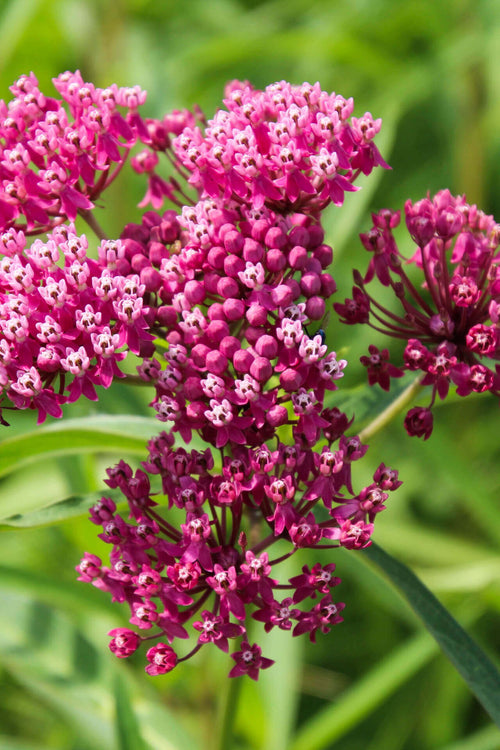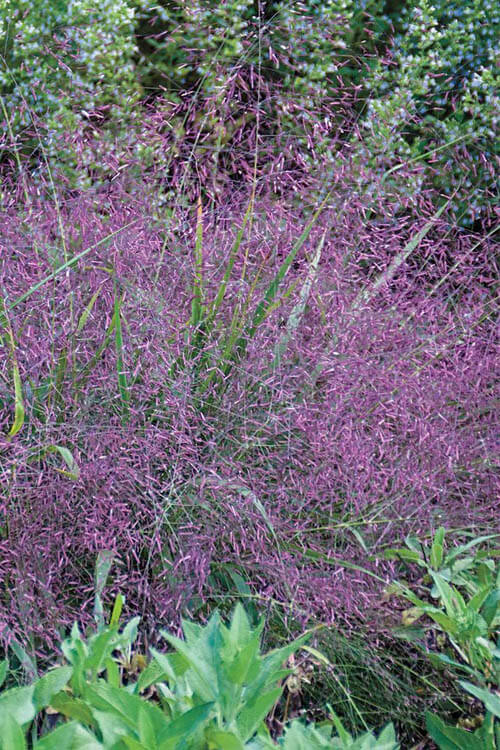Perennials Verses Annuals- 2 Blooming, Flowering Plants That are Totally Different Plants
Understanding the differences between these two types of plants is crucial for gardeners and enthusiasts to plan and maintain their gardens effectively. This extensive explanation will explore the characteristics, life cycles, advantages, disadvantages, and famous examples of perennials and annuals.
Introduction to Perennials and Annuals: Perennials and annuals are terms used to describe the duration of a plant's life cycle. The terms refer to how long a plant lives and persists in a particular environment.
Perennials:
2.1 Definition: Perennials are plants with a life cycle lasting over two years. They continue to grow and bloom for several years without replanting. Perennials often have an extensive root system that allows them to store energy and survive adverse conditions.
2.2 Characteristics: Longevity: Perennials live for multiple years, ranging from three to many years, depending on the species. Growth and Dormancy Cycles: They undergo periods of active development and flowering, followed by periods of dormancy, during which the plant's above-ground parts die back. Root Systems: Perennials usually develop deep and extensive root systems, aiding their survival during harsh weather conditions and dormancy periods. Flowering: Many perennials are known for their vibrant and colorful flowers, which often bloom in specific seasons.
2.3 Advantages of Perennials: Longevity: Perennials can persist for multiple years, reducing the need for replanting. Cost-Effective: Once established, perennials eliminate the need to purchase new plants yearly.
Low Maintenance: Perennials generally require less maintenance compared to annuals.
Environmental Benefits: Their extensive root systems help prevent soil erosion and provide habitat and food sources for beneficial insects and wildlife.
2.4 Disadvantages of Perennials: Initial Establishment: Perennials usually take longer to become fully established compared to annuals.
Limited Bloom Time: Some perennials have a short blooming period, with flowers appearing for only a few weeks or months.
Less Control: As perennials have a longer lifespan, changing or redesigning a garden layout requires more planning and effort.
2.5 Examples of Perennials: Daylilies (Hemerocallis) Hostas (Hosta spp.) Peonies (Paeonia spp.) Black-eyed Susans (Rudbeckia spp.) Coneflowers (Echinacea spp.) Iris (Iris spp.) Sedum (Sedum spp.) Bee Balm (Monarda spp.) Lavender (Lavandula spp.) Geraniums (Geranium spp.) Annuals:
3.1 Definition: Annuals are plants that complete their life cycle within one growing season. They germinate, grow, flower, produce seeds, and die within one year or less. Annuals rely on seed production for their propagation.
3.2 Characteristics: Quick Growth: Annuals often multiply, utilizing their energy to produce flowers and seeds quickly.
Seed Production: Annuals rely on seed production as a means of reproduction, and the seeds they produce allow them to return in subsequent growing seasons.
Self-Seeding: Some annuals can self-seed, meaning their seeds can drop into the soil and germinate without human intervention.
3.3 Advantages of Annuals: Quick and Colorful Displays: Annuals provide vibrant colors and blooms throughout the growing season.
Flexibility: Gardeners can experiment with different plants and designs more freely as they complete their life cycle within a year.
Continuous Bloom: Annuals produce flowers continuously, ensuring a visually appealing garden throughout the season.
Effortless Change: The short lifespan of annuals allows gardeners to change the plantings every year and try new varieties.
3.4 Disadvantages of Annuals: Replanting: Annuals require replanting yearly, leading to additional costs and effort. Maintenance: Annuals typically need more care and attention, including watering, fertilizing, and deadheading, to maintain vigor. Susceptible to Pests and Diseases: Annuals may be vulnerable to pests and diseases due to their rapid growth and shorter lifespan.
3.5 Examples of Annuals: Marigolds (Tagetes spp.) Petunias (Petunia spp.) Zinnias (Zinnia spp.) Sunflowers (Helianthus spp.) Pansies (Viola spp.) Cosmos (Cosmos spp.) Impatiens (Impatiens spp.) Begonias (Begonia spp.) Salvia (Salvia spp.) Nasturtiums (Tropaeolum spp.)
Conclusion: Perennials and annuals are two distinct categories of plants that differ in their life cycles, longevity, and maintenance requirements.
Perennials provide long-term beauty and require less maintenance once established, while annuals offer vibrant colors and continuous blooms throughout a single season
Understanding the characteristics and advantages of each type allows gardeners to create diverse and visually appealing landscapes. Tending to perennials is essential to maintaining a healthy and thriving garden. While perennials generally require less maintenance than annuals, they still benefit from regular care and attention.
Here are some guidelines on how to tend to perennials effectively: Watering: Water perennials profoundly but infrequently. Provide enough water to saturate the soil around the root zone. Water early in the day allows greenery to dry before evening, lowering the chance of fungal diseases. Monitor soil dampness levels and change watering based on weather conditions and individual plant needs.
Mulching: Mulch helps conserve moisture, regulate soil temperature, suppress weed growth, and provide organic matter as it breaks down. Maintain a mulch layer of 2-3 inches, ensuring that it does not touch the stems or crown of the plant to prevent rotting.
Fertilizing: Apply a balanced, slow-release fertilizer in spring or early summer to provide essential nutrients for healthy growth. Follow the suggested dosage on the fertilizer package, as excessive fertilization can lead to weak growth and increased susceptibility to diseases. Consider using organic fertilizers to promote long-term soil health and minimize the risk of chemical buildup.
Pruning: Regular pruning helps maintain perennials' shape, size, and overall health. Cut back perennials after blooming to encourage reblooming or tidy up the plant. Divide overcrowded perennials every few years to rejuvenate them and promote better flowering.
Staking and Support: Some tall or sprawling perennials may require staking or support to prevent bending or breaking. Install stakes or plant supports early in the growing season to avoid damaging the plant's root system. Tie the stems loosely to the stakes using soft ties or twine, ensuring they do not constrict their growth.
Pest and Disease Management: Regularly inspect perennials for signs of pests or diseases, such as chewed leaves, holes, discoloration, or unusual growth patterns. Monitor plants closely to detect and address pest or disease problems early. Practice good garden hygiene by removing and disposing of infected or infested plant parts to prevent the spread of pests and diseases.
To minimize chemical exposure, consider using organic pest control methods, such as handpicking insects or insecticidal soaps or oils.
Winter Protection: Some perennials may require winter protection in colder climates to survive freezing temperatures. Add mulch around the bottom of the plants to insulate the roots and protect them from frost.
Consider using protective covers, such as burlap, to shield vulnerable perennials from harsh winter winds and excessive snowfall.
By following these guidelines and tailoring your care to the specific needs of each perennial plant, you can ensure their long-term health, vigor, and beauty in your garden
Regular monitoring, timely interventions, and proper maintenance practices will help your perennials thrive and provide enjoyment for years.



















































